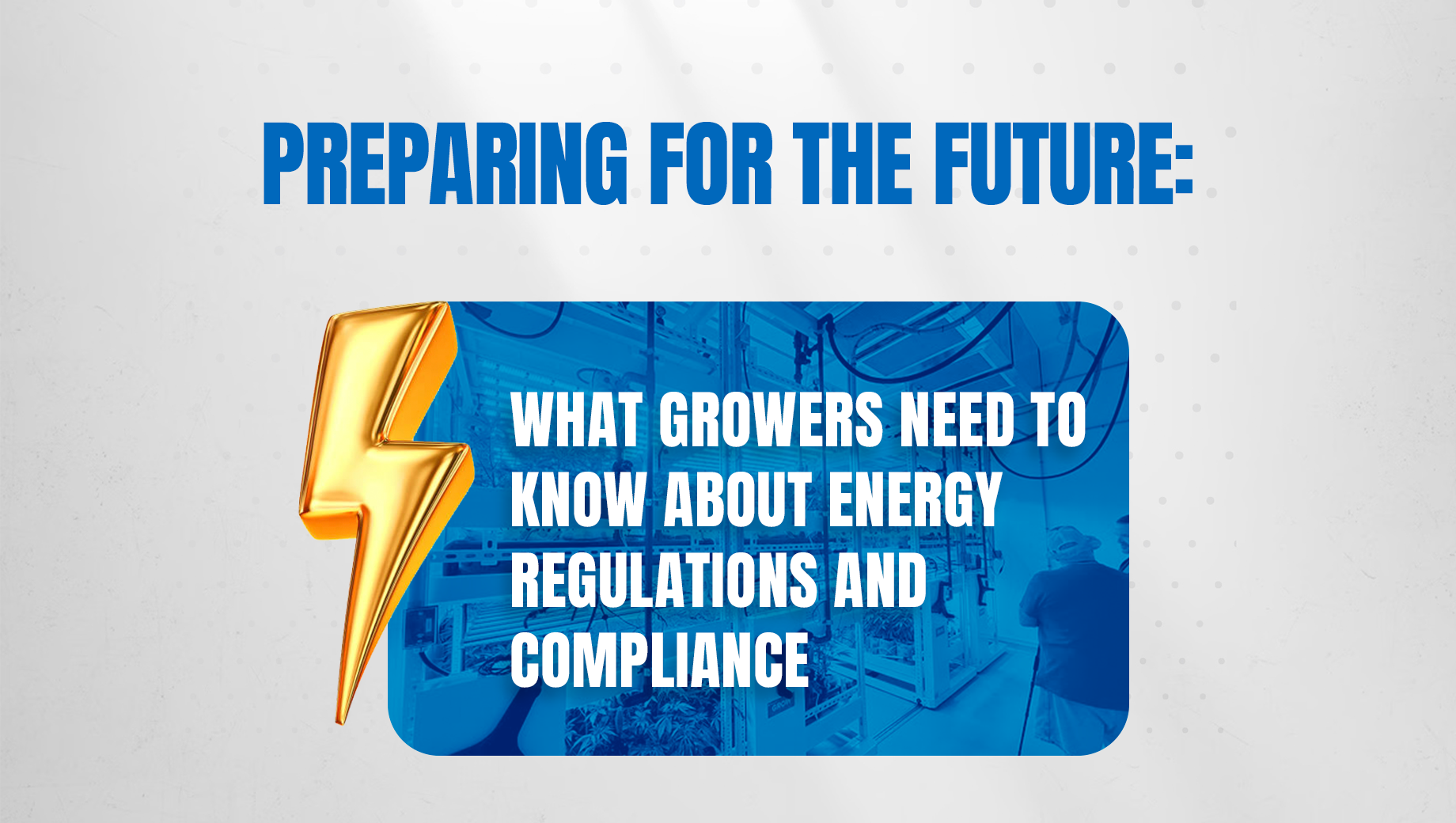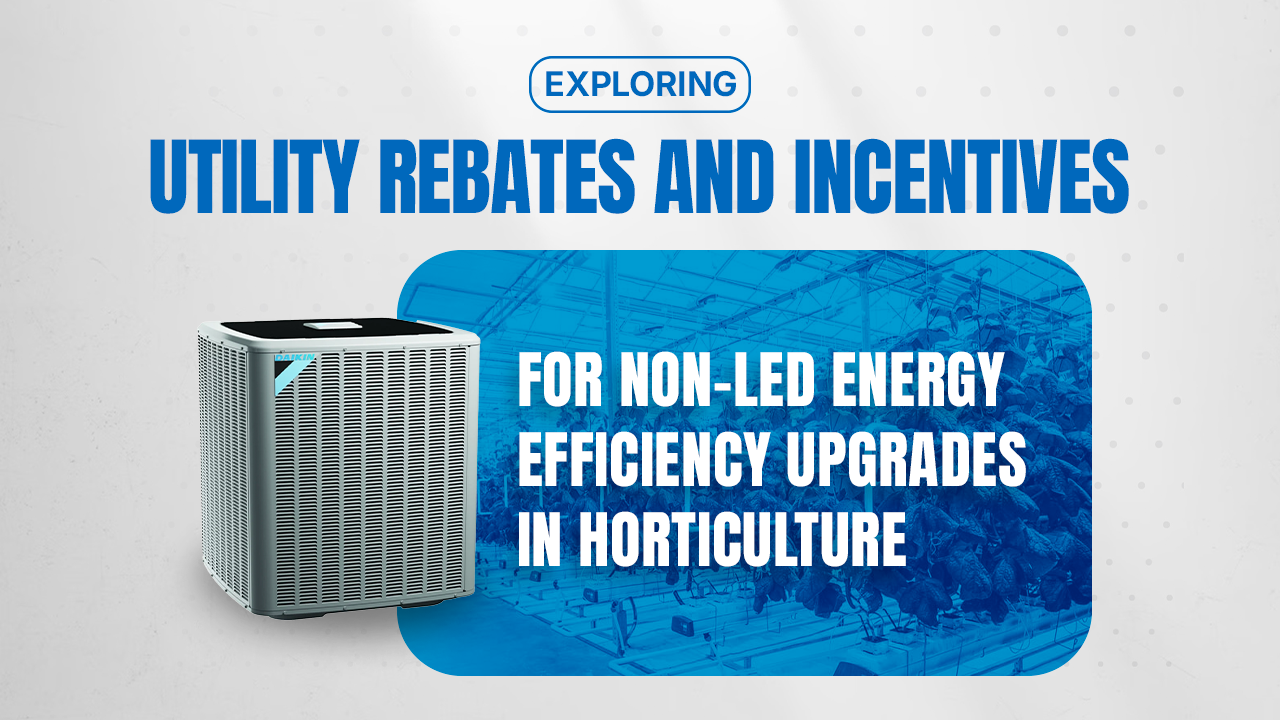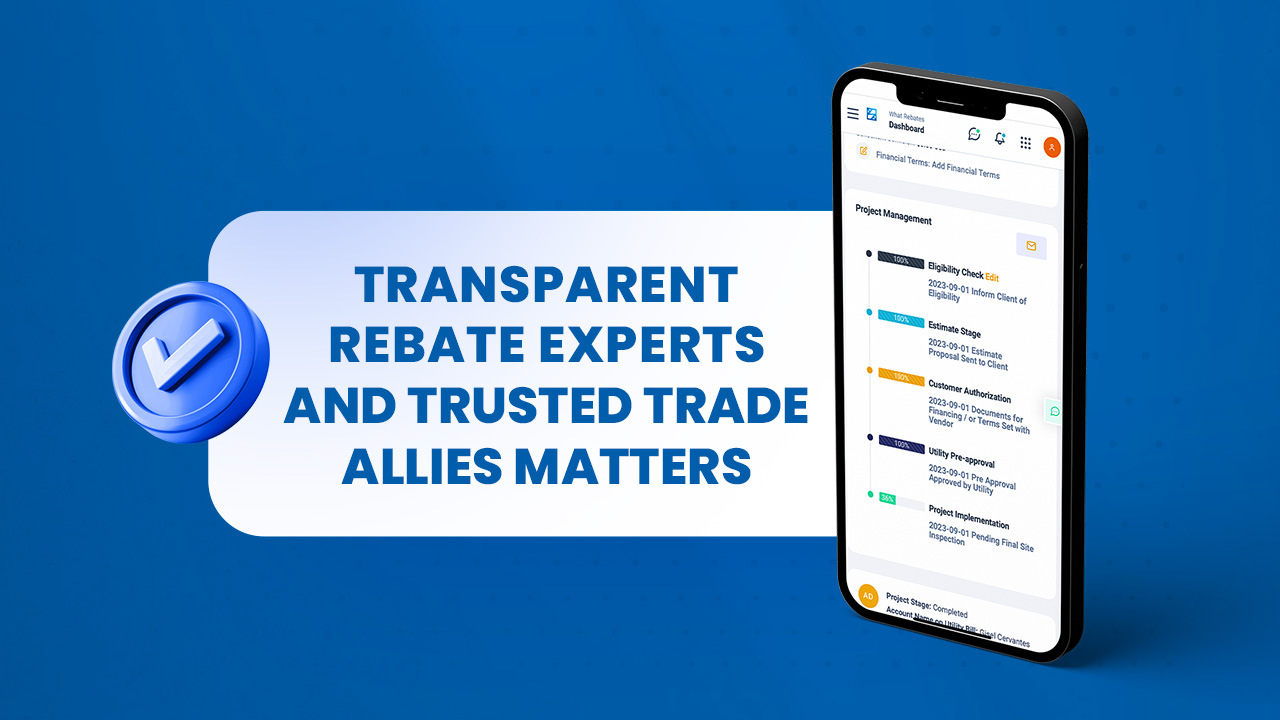Preparing for the Future:

Understanding and complying with these regulations is more important than ever. Not only do they help reduce environmental impact, but they also drive long-term cost savings and ensure that your business remains competitive in a rapidly changing market. Here's what you need to know about the energy regulations affecting your horticulture business and how to prepare for the future.
Energy is one of the largest operational expenses for horticulture businesses, particularly in indoor and greenhouse settings where constant climate control is required. As energy prices rise and sustainability becomes a higher priority, governments are implementing regulations aimed at reducing energy consumption, promoting renewable energy, and encouraging businesses to upgrade to more efficient equipment.
These regulations are not only designed to reduce overall energy use but also to limit greenhouse gas emissions, encourage the adoption of clean energy, and push industries toward greener, more sustainable practices. For horticulture growers, this means new opportunities for financial savings, but also new challenges to navigate.
HVAC systems are vital in maintaining the perfect growing conditions for your plants. However, older or inefficient units can consume excessive amounts of energy, driving up operational costs. Many jurisdictions are introducing stricter energy efficiency standards for HVAC systems to reduce energy consumption. These standards may soon require growers to upgrade to more energy-efficient models or face compliance issues. As the regulations evolve, investing in modern, energy-efficient HVAC systems will not only ensure compliance but also cut long-term operational costs.
Proper humidity control is essential for optimal plant growth, but outdated or inefficient dehumidifiers can be major energy drains. Many energy efficiency programs now target these systems, offering incentives for businesses to switch to more efficient models. Newer dehumidifiers use advanced technology to use less power while maintaining the same level of humidity control, which can significantly lower both energy consumption and operational costs.
Energy management systems are becoming increasingly important as growers strive to optimize their energy use. EMS allows growers to monitor and control energy consumption across multiple systems, including HVAC, lighting, fans, and dehumidifiers, in real time. These systems help identify inefficiencies, reduce energy waste, and ensure compliance with evolving regulations. Utility companies often provide rebates for installing EMS as they contribute to significant energy savings.
With renewable energy being a key focus of new energy regulations, many growers are turning to solar panels and other clean energy sources to power their operations. As part of government initiatives to reduce carbon emissions, there are often rebates and incentives available for businesses that install renewable energy systems like solar panels or wind turbines. These systems not only help reduce reliance on traditional energy sources but also enable businesses to become more self-sufficient and environmentally friendly.
Fans, pumps, and other mechanical systems are integral to greenhouse operations, but they can consume a lot of energy when running constantly at full power. Variable Frequency Drives (VFDs) allow these systems to adjust their speeds based on demand, leading to significant energy savings. Many utility providers offer rebates for the installation of VFDs, making them a smart investment for growers looking to optimize their energy usage and comply with new energy regulations.
Energy regulations vary across different regions, so it’s essential to stay informed about the specific requirements that apply to your location. Subscribing to industry newsletters, attending trade shows, and working with rebate experts will help ensure you’re always aware of upcoming changes.
Conducting an energy audit is the first step toward identifying areas where you can improve energy efficiency. An audit will provide a comprehensive assessment of your current systems and pinpoint opportunities to upgrade to more energy-efficient technologies. This is a critical step in understanding what equipment will need to be replaced or upgraded to meet new regulations.
Upgrading to energy-efficient systems may require significant investment, but it will pay off in the long term through lower energy costs and compliance with regulations. Consider prioritizing high-impact systems like HVAC, dehumidifiers, and lighting for early upgrades, and plan your investments carefully to maximize energy savings.
Navigating the complex world of energy rebates and incentives can be overwhelming, but the savings are significant. Working with a rebate expert like What Rebates ensures that you don’t miss out on any available programs. We help horticulture businesses access the best available rebates, ensuring a smooth process from start to finish. With our expertise, you can maximize your savings on energy-efficient upgrades while staying compliant with regulations.
At What Rebates, we specialize in helping horticulture businesses make the most of energy efficiency rebates and incentives. Our team is committed to transparency and professionalism, guiding you through every step of the rebate process to ensure that your business benefits from available savings. We have the expertise to help you stay compliant with new energy regulations while making smart, sustainable investments in your operations.
As energy regulations continue to evolve, staying ahead of the curve is essential for maintaining a competitive edge. By investing in energy-efficient technologies and leveraging available rebates, you can reduce your operational costs and stay compliant with regulatory requirements.
Ready to start saving? Fill out the form here, and let the What Rebates team help you unlock rebates and incentives for your energy-efficient upgrades.

